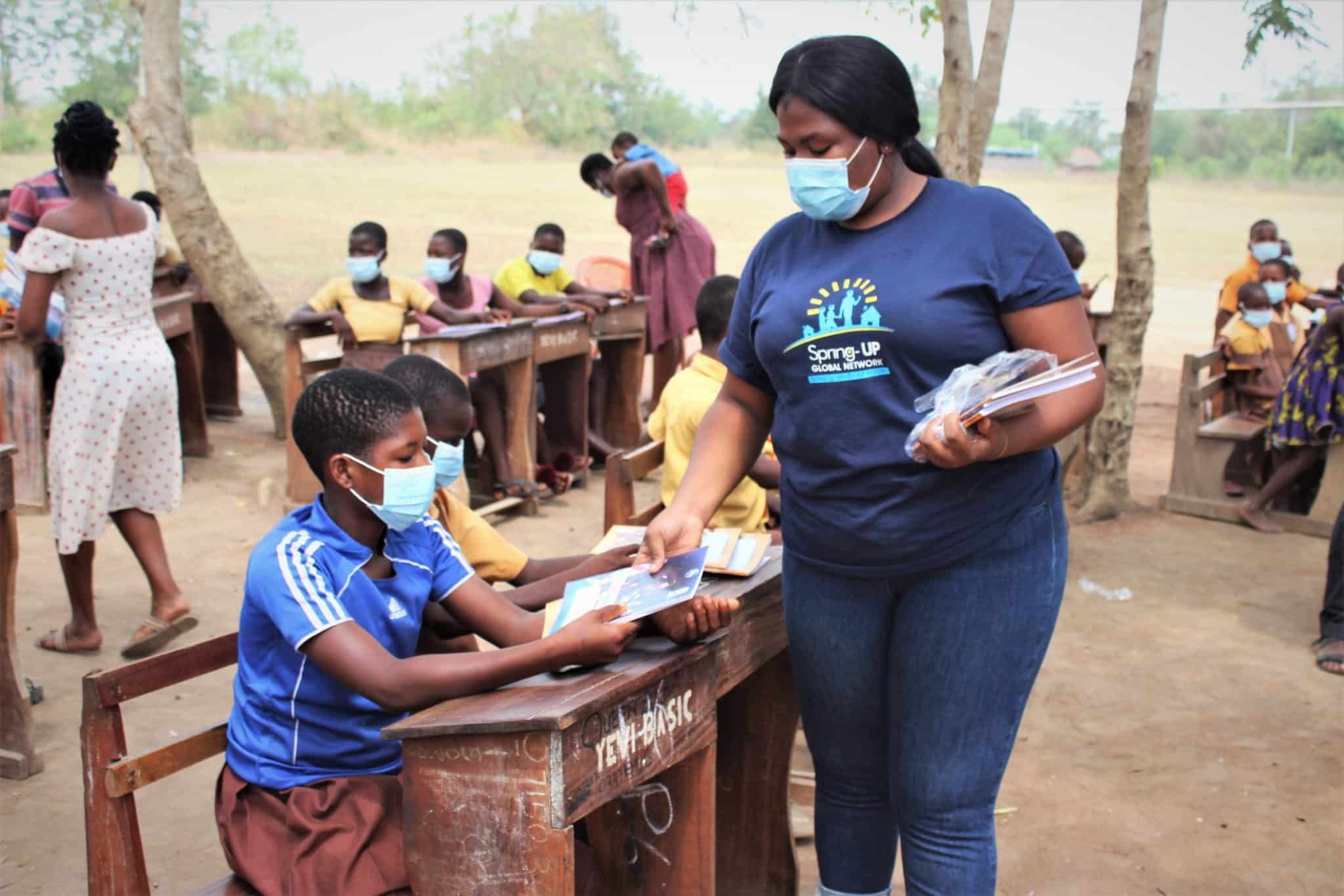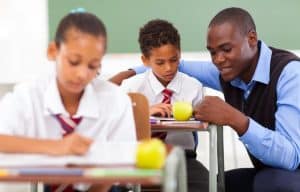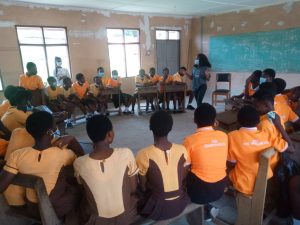On January 30th, 2020, the Director General of the World Health Organization (WHO) declared the outbreak of coronavirus disease also known as COVID-19. This on many fronts led to a lot of unrest and destabilized the economies of many countries. Absolutely nobody saw it coming and so we were not prepared. The effects were devastating and it didn’t spare the education sector either. In Ghana, nationwide school closures began on March 16, affecting approximately 9,253,063 learners between pre-primary and secondary education levels according to UNICEF (2021). School closure was partially lifted in the second half of June – through a phased approach while maintaining social distancing regulations until January, 2021 when schools reopened fully for academic work. The school closure has however left an indelible effect on the classroom teaching and learning process that is unmistakable if you walk into a school environment as you read this. Some of the impacts are highlighted as follows:
INNOVATION: Undoubtedly, the closure of schools led to a lot of innovations in the teaching and learning field. Teachers started exploring technology as a means of passing on lessons to their students and pupils. Powerpoints were employed. Zoom sessions were also explored by capable teachers. Radio and Television programs were also designed for students to have access to educational materials from home. According to the IPA (2021), this contributed significantly to the growing learning inequality between rural and urban students, private and public schools and students and teachers who have access to these technologies as against those who do not. However, the use of technology in dispensing lessons and learning has improved and has probably come to stay.
REDUCED INSTRUCTIONAL OR CONTACT HOURS: Before the closure of schools, basic schools were closing at 2.30pm. When schools reopened, closing time had reduced drastically from 2.30pm to 12pm for primary schools and 1pm for Junior High Schools. Lessons were then restructured, number of subjects per day and period lengths also reduced in order to accomodate the time changes. This has significantly reduced the instructional and contact hours which has significantly affected the teaching and learning process (less time in the classroom, fewer topics will be covered and ultimately a possible poor output in final examinations).
DISTRACTION BY TEMPORARY ECONOMIC ACTIVITIES: Over the eight (8) months that school was not in session, both students and teachers got engaged in economic activities to deal with the economic pressure. These activities, over the period of reopening have become a distraction to the teaching and learning process. Students have become more attached to these activities and would skip school or escape during break periods to attend to some of these businesses. Students evidently engaged in “okada” business, market trading among others and quickly turn their attention to these activities at the slightest sight of economic distress. This includes teachers as well who are now paying close attention to side businesses they started during the break. This is affecting classroom work on different levels.
DECLINE IN MENTAL HEALTH: According to the Human Rights Watch, many students shared feelings of stress, anxiety, isolation, and depression, which they linked to the lack of contact with their school community during the closure of schools. A surge in domestic and sexual abuse cases as well as pregnancies were also reported during this same period. This has definitely affected students’ mental health and is dragging the learning process. Also, the reopening of schools came with social distancing and observation of other COVID-19 protocols that prohibited engagement in sporting and physical activities. Sports and physical activities increase mental alertness of children in the classroom. The absence of these have made students dull and the same mood is experienced in the classrooms.
Some of these impacts will leave lasting effects on the academic environment whilst others will be eliminated with time but the education sector still awaits full restoration of its policies in order to go back to normal operation. Hopefully, COVID-19 will be a thing of the past soon or we will learn to live with it and find ways to revive the teaching and learning experience.
REFERENCES:
- UNICEF (2021). Primary And Secondary Impacts Of The Covid-19 Pandemic On Children In Ghana. pg. 16.
- IPA (2021). Learning in COVID Times: Effects of COVID-19 on Students’ Learning Inequalities. [Available at www.poverty-action.org]
WRITTEN BY:
Osborn Apeku
Lead for Ghana Fellow and SUGN writer





